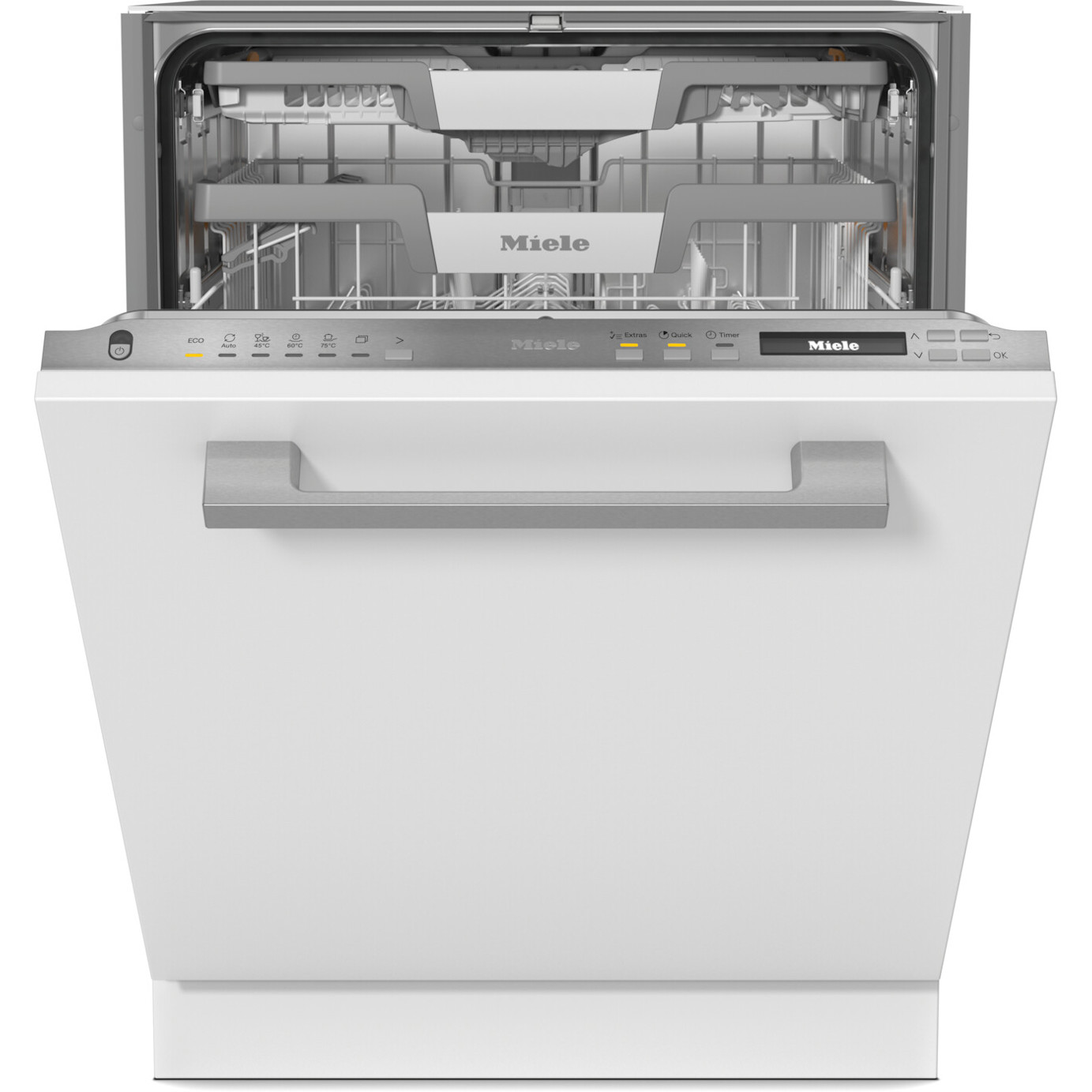10 Factors To Know About Pyrolysis Oven Comparison You Didn't Learn At School

Pyrolysis Oven Comparison: A Comprehensive Guide
Pyrolysis is a thermal decay procedure used to convert natural products into biochar, bio-oil, and artificial gas. This process requires a customized piece of equipment called a pyrolysis oven, which heats up biomass in the lack of oxygen, enabling the breakdown of materials without combustion. The market provides a variety of pyrolysis ovens matched for various applications, varying from small-scale lab equipment to big commercial makers. This blog post will supply an in-depth comparison of various types of pyrolysis ovens, their requirements, applications, and benefits, as well as an often asked concerns area.
Understanding Pyrolysis Ovens
Before delving into contrasts, it is necessary to comprehend the different kinds of pyrolysis ovens offered. These ovens can be classified based upon:
- Size (laboratory-scale vs. industrial-scale)
- Heating Method (electrical vs. direct fire)
- Material (steel vs. ceramic refractory)
Key Features and Specifications
When evaluating pyrolysis ovens, some important requirements to consider consist of:
- Capacity: The amount of biomass it can process in a single batch.
- Running Temperature: The optimum temperature level at which the oven can operate.
- Energy Consumption: How much energy the oven uses during the pyrolysis process.
- Cooling System: The mechanisms in place to cool down the oven post-operation.
Comparison Table of Popular Pyrolysis Ovens
The table listed below summarizes 3 commonly utilized pyrolysis ovens in regards to their specs, applications, and benefits:
| Feature | Model A | Model B | Model C |
|---|---|---|---|
| Type | Batch | Continuous | Small Lab |
| Capability | 500 kg/batch | 1000 kg/hour | 50 kg/batch |
| Operating Temp | 400 ° C | 600 ° C | 300 ° C |
| Energy Consumption | 20 kWh | 50 kWh | 5 kWh |
| Cooling System | Water-cooled | Air-cooled | None |
| Application | Charcoal production | Hazardous waste | Research experiments |
| Advantages | High effectiveness | High throughput | Compact style |
1. Model A Pyrolysis Oven
Description: Model A is a batch-type pyrolysis oven suggested for little to medium-scale charcoal production. It runs at an optimum temperature of 400 ° C and boasts an energy intake of 20 kWh per batch.
Applications: Mainly utilized in the production of charcoal from biomass feedstocks like wood chips, agricultural residues, and other organic materials.
Advantages:
- High carbon capture performance
- Low functional costs
- Easy batch processing
2. Design B Pyrolysis Oven
Description: Model B is a continuous-flow pyrolysis oven designed for industrial-scale processing with a capacity of 1000 kg per hour. It can reach higher running temperatures of as much as 600 ° C, making it suitable for a larger variety of feedstocks.
Applications: Often utilized for waste-to-energy tasks, recycling rubber, and processing farming waste.
Advantages:
- Higher throughput compared to batch ovens
- Suitable for constant feedstock supply
- Much better conversion rates for numerous materials
3. Model C Pyrolysis Oven
Description: Model C is a compact, small laboratory oven suited for research and speculative functions, with a lower capability of 50 kg per batch. It operates as much as 300 ° C and utilizes just 5 kWh of energy.
Applications: Used mainly in labs for research and development in pyrolysis processes.
Benefits:
- Space-efficient design
- Lower energy requirement
- Perfect for evaluating various feedstocks
Secret Considerations When Choosing a Pyrolysis Oven
Choosing the right pyrolysis oven depends upon several aspects. Here's a list of factors to consider:
- Scale of Operation: Determine the volume of biomass you plan to process routinely.
- Feedstock Type: Different products might require various operating temperatures and processing methods.
- Budget plan: Consider preliminary financial investment costs and operational expenses.
- End Product Requirements: Define what you intend to produce-- whether it's biochar, bio-oil, or syngas.
- Space Available: Ensure you have adequate area for installation and future growths.
- Regulative Compliance: Confirm that the pyrolysis oven meets local ecological policies and standards.
Frequently Asked Questions (FAQ)
Q1: What are the environmental effects of using a pyrolysis oven?
Pyrolysis ovens can lower biomass waste, lower greenhouse gas emissions, and produce valuable final product. Nevertheless, correct operation and upkeep are important to reduce any potential air and water contamination.
Q2: How is biomass prepared before pyrolysis?
Biomass should be dried and shredded into uniform pieces to improve the efficiency of the pyrolysis process. The wetness content should ideally be below 20%.
Q3: Can I utilize numerous feedstock key ins a single pyrolysis oven?
Yes, many pyrolysis ovens can deal with a variety of feedstocks; however, screening each type separately is recommended to identify optimum conditions and output quality.
Q4: How long does the pyrolysis procedure take?
The process can differ significantly depending upon the oven type and criteria set. Typically, batch pyrolysis can take anywhere from a few hours to over 12 hours.
Q5: Is upkeep needed for pyrolysis ovens?
Yes, routine maintenance is vital for ideal performance. This includes cleaning up out residues and inspecting for wear and tear on parts.
In conclusion, picking the ideal pyrolysis oven needs mindful consideration of particular requirements, applications, and intended outcomes. With Vixaro Versand , users can process biomass efficiently while adding to sustainability efforts. Comprehending the crucial requirements, functions, and the benefits of different types of pyrolysis ovens is crucial in making notified choices, whether for small laboratory experiments or massive commercial operations.

